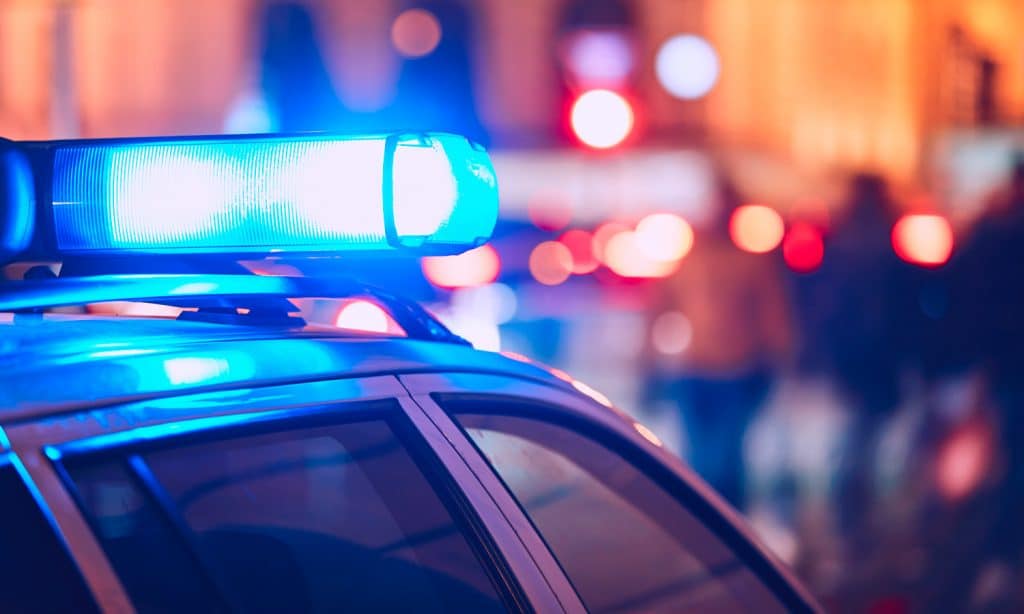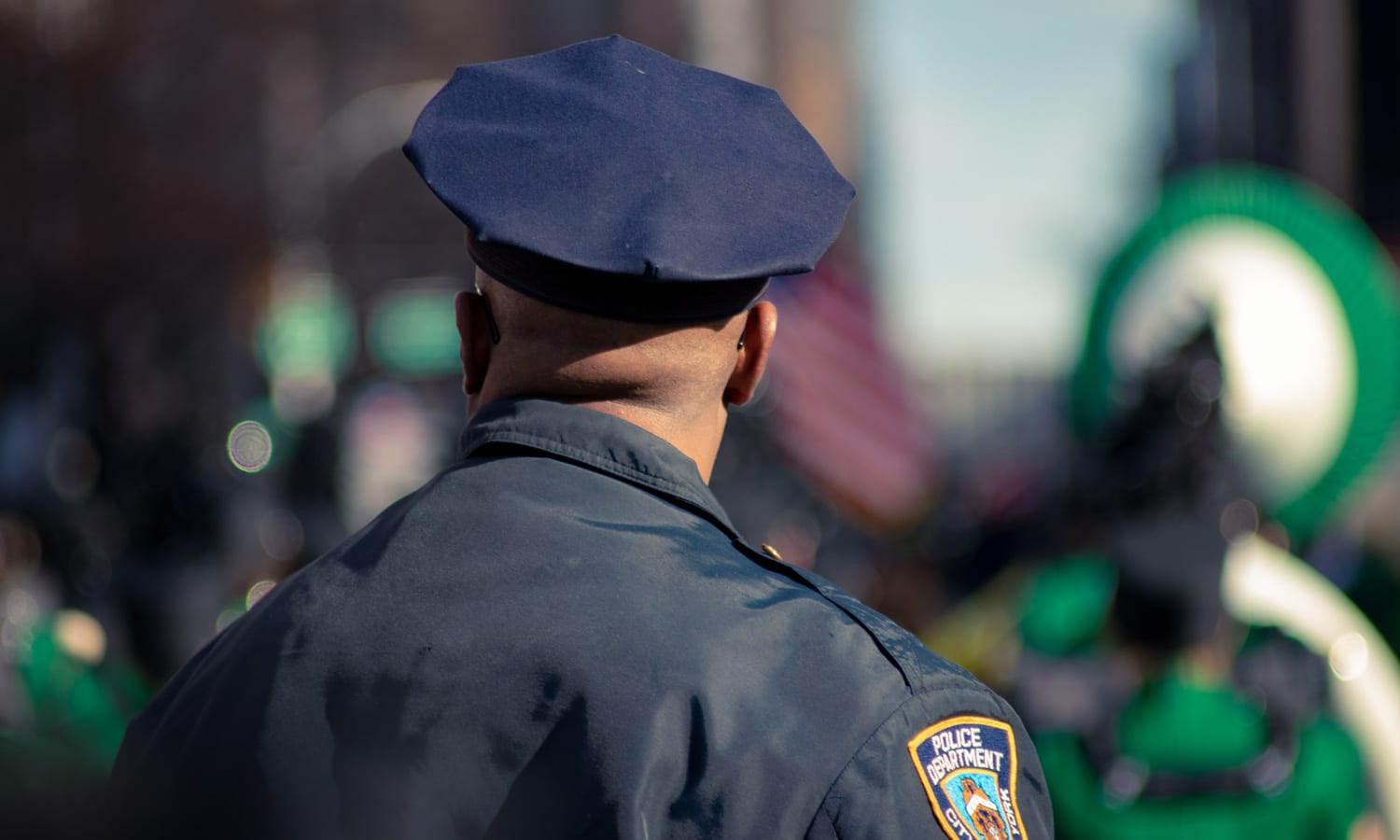How is a cop supposed to tell the difference between a consumer using a legal product, and an illegal consumer using or transporting a product from the illicit market?
Law enforcement wants to take marijuana-intoxicated drivers off the road. But roadside testing devices are still unavailable. They want to help stop the illicit cannabis market. But one person’s ounce of weed looks like another’s. Law enforcement is trying to be cannabis cool, but it is tough.
They have their drug dogs at the ready. But drug dogs hit on hemp and marijuana, legal or not, and are being phased out or overruled.
For example, in a May 24, 2019 weekly roundup report by the Washington state Association of Prosecuting Attorneys, the Colorado Supreme Court reversed a conviction of a man in a case where a drug dog was used without the officer having probable cause that the man was in possession of a drug in violation of state law
Some states say that even the smell of marijuana can’t be used as a reason to pull someone over and search the car, or to search a person in the car after smelling marijuana, as in the 2018 case of a Maryland man. Washington D.C. police are advised that “simply smelling the odor of marijuana does not present a reasonable, articulable suspicion.”
For over 50 years, since the establishment of the Drug Enforcement Administration and the creation of the Controlled Substances Act, marijuana has been used as a prime offense to nail thousands and thousands of people, usually after a “probable cause” observation by the officer—a broken taillight, for example, that gives the officer a reason to approach a driver. The marijuana offense then becomes the cause for the arrest.
RELATED: Hemp: Marijuana Or Not Marijuana?
“I gotta tell you I think the police are confused,” former police commissioner of the Boston Police Department, Ed Davis said during a panel at the 2020 National Cannabis Industry Association conference in Boston recently. Davis was the police commissioner during the Boston Marathon bombing. Massachusetts voted to legalize recreational cannabis in 2016. “They very much want to do what the community wants them to do, and those people have spoken. Police need to pay attention to this new product, and think beyond arrests, and work with regulators to come up with strategies, and move forward in a positive manner.”

Davis was in the narcotics division in Boston for ten years. “We didn’t care about marijuana. All of our efforts were directed to cocaine and heroin. In the course of that work, sometimes we would trip across a marijuana distributor. Marijuana cases were incidental to other cases.
RELATED: Police Field Tests Can’t Distinguish Between Hemp And Marijuana
“The cops are doing what the legislators tell them to do. I never heard a cop who came in to work and said I am going to go out there and get me some marijuana users. I see more marijuana arrests for contempt of cop, for example, where if someone is mouthing off to me, and I find some marijuana on them, I can hook them up and bring them in.”
Asked by The Fresh Toast how a cop on the street is supposed to tell the difference between a legal consumer using a legal product and an illegal user using or transporting a product from the illicit market, Davis said that it would be in the same way police would know a licensed cab driver from an unlicensed one. “We can do that by working with the health department regulations for example. We work very well with regulatory agencies. That way we can make sure that who we are dealing with is licensed or not licensed.”


